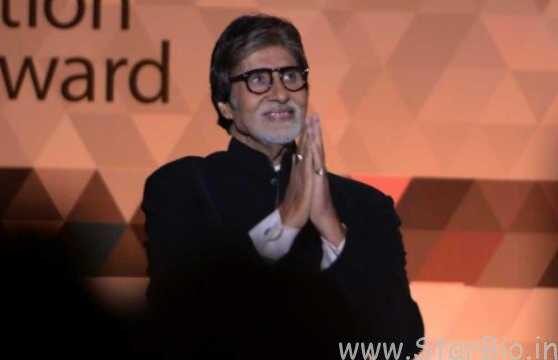Yash Raj Films’s Thugs Of Hindostan had a record opening of Rs50.75 crore nett, but from day two the film’s fortunes plunged.
The film starring Aamir Khan and Amitabh Bachchan has made just Rs128 crore nett in India business in six days.
While the signs are not good for Thugs Of Hindostan, there is still some glory for legendary actor Bachchan. At the age of 76, the one-time superstar finally has a Rs100 crore film to his name.
Of course, the box-office collections of many of the blockbusters that Bachchan delivered in the 1970s and 1980s would, adjusted for inflation, top not just Rs100 crore but perhaps even Rs500 crore.
Made at an estimated cost of Rs300 crore, Thugs Of Hindostan was released on 5,000 screens across India. Never before had an Amitabh Bachchan film enjoyed such a wide release.
Before Thugs, Bachchan’s widest release was Prakash Jha’s Satyagraha (2013). The political drama was, however, a flop. Made at an estimated cost of Rs73 crore, the film bagged only Rs55.08 crore nett in India business, as per BoxOfficeIndia.com.
After Satyagraha, Bachchan has featured in a host of films. On an average each has got around 800-1,000 screens in India.
In plain box-office numbers, Bachchan’s biggest success was Shoojit Sircar’s Piku (2015). The slice-of-life tale, co-starring Irrfan Khan and Deepika Padukone, was released on 1,300 screens across India. Made on a budget of Rs42 crore, the film collected Rs78.30 crore nett at the domestic box office.

This is followed by another Shoojit Sircar production, Pink (2016), which made Rs65.52 crore nett across India. Pink gave its producers a better return on investment for it was made on a budget of only Rs29 crore and released on just 1,000 screens across India.
For the next best gross, we have to go all the way back to Karan Johar’s Kabhi Khushi Kabhie Gham (2001). That was a different era with the Dharma Productions multi-starrer being released on just 500 screens. It was still labelled a blockbuster as it earned Rs55 crore nett in India business. The film’s budget, however, was believed to be Rs40 crore.
Now, the film industry and the business are vastly different from what they were in 2000 and in Bachchan’s prime. The man is arguably one of the great superstars of all time. His career has spanned 50 years and he has around three dozen blockbusters to his name.
After struggling early on, Bachchan’s career turned around with Prakash Mehra’s Zanjeer (1973), which saw him as the Angry Young Man for the first time. The revenge drama bagged a then huge Rs3 crore nett in India business, with the film grossing Rs17.46 crore worldwide. Adjusting simply for the rupee’s purchasing power would probably mean multiplying those figures by a factor of 100.
Yet, comparing such numbers with the blockbusters today is meaningless. Most films then did not enjoy the big budgets we see today and India did not have too many screens either. Ticket prices were very low and affordable even for manual labourers, with the front benches going for as low as a rupee.
After Zanjeer, Bachchan’s career went into overdrive. Some of his other blockbusters were Sholay (1975), Deewaar (1975), Don (1978), Muqaddar Ka Sikandar (1978), Trishul (1978) and Coolie (1983). Bachchan was the undisputed king of the box office from the mid-1970s through the late 1980s.
“In the 1970s,” said veteran film analyst Dilip Thakur, “there was a saying that a good Bachchan film fetched Rs1 crore per territory. In my view, his biggest hits would have to be Coolie, Trishul, Muqaddar Ka Sikandar and Don.”
Thakur, however, pointed out that a film’s success in those days was not measured by its earnings but by its staying power. “It is only in the last 15-20 years that we have started talking about box-office figures,” he said. “In our time, success was measured by the number of weeks a film ran in the theatres — silver jubilee, golden jubilee.
“One reason why a film ran so long was because it took a while before cine-goers in the smaller towns could see it. In those days, print reels had to be physically transferred from place to place. So, a film that was first released in Mumbai could take up to a year to reach small centres such as Kolhapur.”
Thakur summarized Bachchan’s career not by his box-office success but by his impact on society. “Bachchan really appealed to the labour class,” he said. “Before him, there was no one who touched the lives of mill workers.
“Bachchan never hesitated to play the simple worker. He suffered near-fatal wounds during Coolie (1983), where he played a porter. Millions across the country prayed for him, That is the kind of impact he had on the audience. How many actors have spent nearly 50 years in the industry and continue to have the same respect?”

